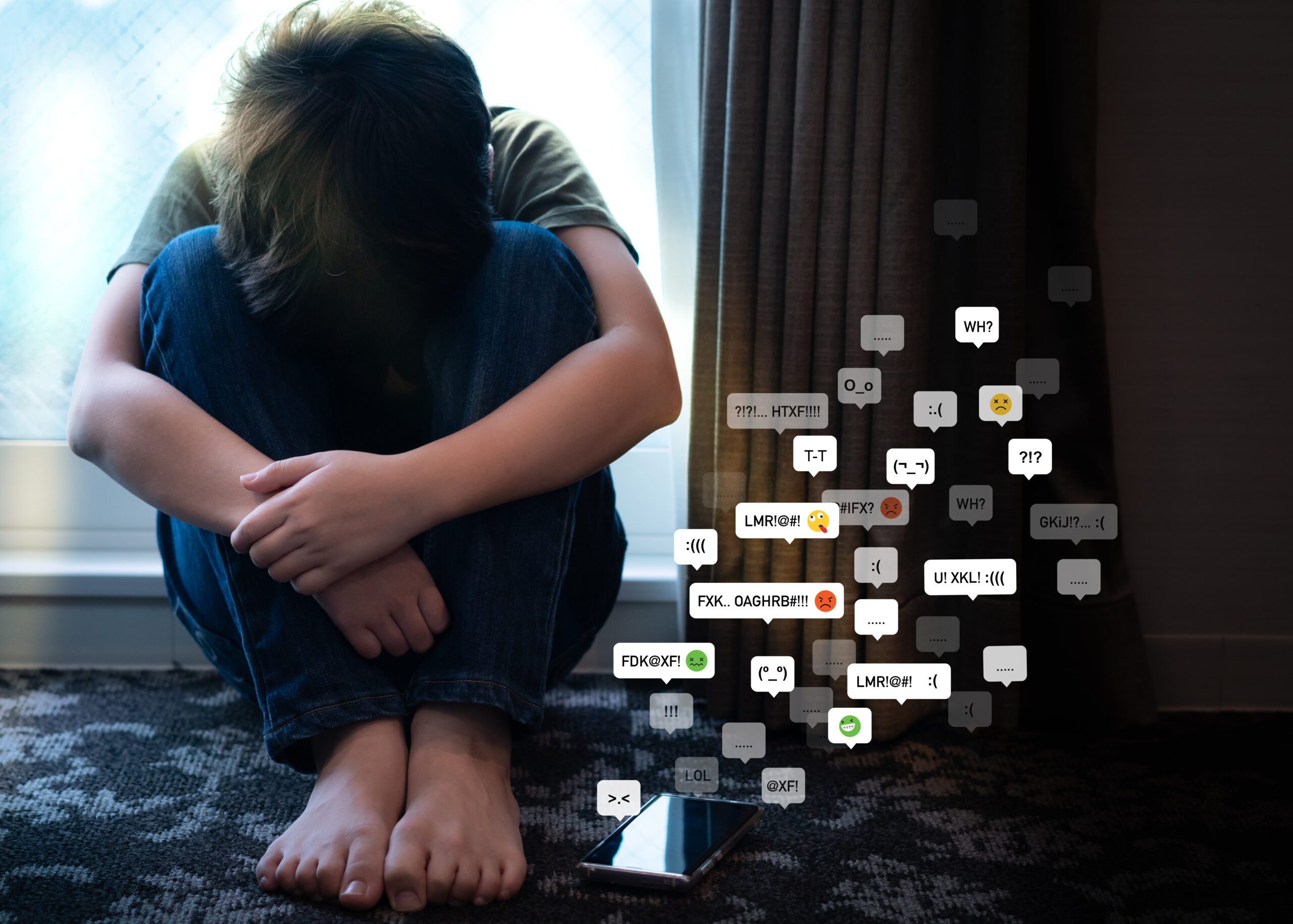Each year, over 12 million children in the US are exposed to cyber risks, and roughly 1 in 7 children are contacted online by someone with predatory intentions. Unfortunately, an attack occurs every 39 seconds.
These stats are chilling, but they reveal just how important it is to keep your kids safe online. Besides exposing them to outside hazards, the internet can also be an addictive place.
Is your child spending more and more time online and less time interacting with you or engaging in physical play? Internet boundaries can protect kids while they are online and help them create healthy habits around screen time and social media.
The Dangers of Unfettered Internet Access for Kids
Is it really necessary to set internet boundaries for kids? Here are some of the dangers that can come with unlimited, unrestricted internet access for children.
Online Predators
A couple of decades ago, children had to physically cross paths with a child predator to be in danger. Now, this isn’t necessary.
Roughly 80% of child sex crimes start via social media.
Online predator reports more than doubled during the early days of the pandemic. As children spent more time learning and socializing online, predators followed them.
Cyberbullying
Approximately 60% of children who’ve used social media have witnessed online bullying.
Online bullying can be just as harmful as in-person bullying. Unlike schoolyard bullying, online bullying can follow children anywhere—they can’t “leave it behind” at school.
In a lot of ways, online bullying can also feel more public and humiliating. When anyone and everyone can see what is happening, this can trigger extreme stress, anxiety, and symptoms of depression.
Cyberbullying can increase children’s risk of substance abuse and addiction. It can also cause them to start “acting out” and skip school.
Scams, Phishing, and Malware
Children are also more vulnerable to online scams and phishing attempts.
Just because your teen knows how to find the update setting on your phone, doesn’t mean they fully understand the dangers of something like identity theft and credit card scams.
Younger kids are even more at risk. If they get prompted to download something while playing on your tablet, chances are they’ll do it without being aware of malware risks.
Sharing the Wrong Things
If your child has a public social media account, this can open them up to oversharing risks.
Firstly, they might not be aware of how dangerous it is to create posts that contain their location, address, or personal information. Selfie while seated on the hood of a car? It might look cool on Instagram, but if the plate number is in the picture, they should not be posting it publicly.
Children might also be more likely to post pictures that they regret later. It’s a standing joke with millennials that, thankfully, social media didn’t exist when they were young.
For kids today, what they post now will be available for years to come—even if they take it down.
For instance, is your child fighting a substance use disorder? Posting pictures related to substance abuse might seem cool now, but when the peer pressure wears off, these pictures will be inappropriate and potentially career damaging.
Tips and Strategies for Setting Internet Boundaries
Although the internet can pose numerous dangers to children, there are various steps you can take to keep your kids safe. The key is to create boundaries and educate them on potential risks.
Talk to Them About the Risks
Start by discussing potential online risks. If your child is still young, keep the conversion simple. If they are a teenager, speak to them as you would to an adult.
Give them a crash course on internet safety and cover all the basics, including malware hazards, the importance of protecting their personal identity, the dangers of sexting, etc.
When it comes to predators, make them realize that “stranger danger” applies just as much online as in physical settings.
If you want to take things a step further, you can even ask them to research the risks and write you a report or summary. This can help to turn your discussion from “Mom or Dad giving a lecture” into something they integrate into their own conversations.
Feel free to get creative with this suggestion and make it something your child can easily complete.
Is writing not their strong point? No problem.
If they’re a budding songwriter or rapper, see if they can create a song around internet safety. Are they already creating TikToks with their friends? Challenge them to create a 1-minute video detailing the dos and don’ts of internet safety.
It doesn’t matter what medium they use. The aim of this exercise is to make them a mini-expert on internet and social media safety, not torture them with a task they aren’t motivated to complete.
Keep the Discussion Open
Don’t make online safety a once-off discussion. Try to keep the conversation going and encourage your child to voice their concerns, questions, or observations.
Set Clear Rules
Setting clear rules and expectations around internet usage can help guide conversations in the future. Some examples might include:
- Set limits on screen time
- Set screen time cutoffs in the evening
- Stipulate that online profiles have to be set up by you or with your supervision
- Create a homework or chores first policy
- Require parental supervision for certain activities
- Create a policy against sharing photos that feature locations, plate numbers, or sensitive information
Keep in mind that some of these rules can apply to adults too. If you want your child to learn healthy habits, it’s important to model this behavior.
For instance, if you want your teen to spend less time on social media, increase your own credibility by cutting back the amount of time you spend scrolling.
This is also an excellent opportunity to involve your child. Ask them what screen time rules they would suggest for the whole family.
Enforce the Rules, but Don’t Scare Them Into Secrecy
Once you have set up an internet boundary or set of rules, stick to it. Enforce your rules but not in an intimidating way.
Children must realize there are consequences if they break the rules, but they shouldn’t be so afraid of getting into trouble that they’re scared to speak up about online incidents.
For instance, if your child is on social media after the screen cut-off time, they might be too scared to come to you about an online bullying incident.
Or maybe they’ve opened an account without telling you first. If they receive communication from an adult stranger, fear of getting into trouble over the account could prevent them from confiding in you.
Gain Access, but Don’t Violate Privacy
One of the ways you can ensure social media safety for kids is by having access to their accounts.
This gives you some level of supervision, but it doesn’t mean you should be reading their every message. If you can, try to leverage solutions specifically designed for kids that can screen messages.
Does Your Child Need Help With Behavioral Issues or Addiction?
Setting internet boundaries is key to keeping your kids safe online. But what if your child doesn’t want to cooperate?
Behavioral issues and substance abuse can make normal parenting tasks very challenging.
If your child is struggling with either of these issues, we’re here to help. Our youth programs are tailored to meet the unique needs of teens and young adults.





